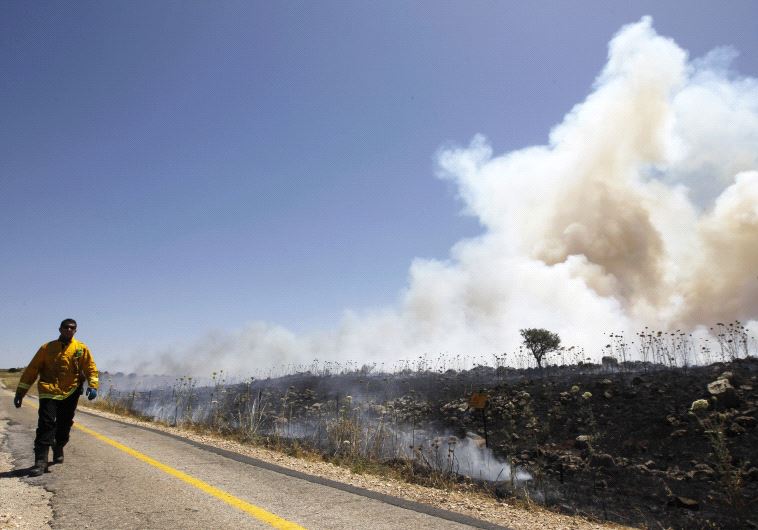Tensions with Assad regime rise following mortars and air strikes
IDF’s policy is to retaliate to every case of Syrian fire into Israeli territory, whether stray or deliberate.
 Mortar shells land on Golan Heights (Illustration)(photo credit: AMMAR AWAD / REUTERS)Updated:
Mortar shells land on Golan Heights (Illustration)(photo credit: AMMAR AWAD / REUTERS)Updated: